|
We've all been there: we see a wig or bundle online, and we think it's gorgeous, so we buy it without knowing what some of the language surrounding hair extensions means. But one thing we usually know is that virgin hair is more expensive than other kinds. Are you considering getting virgin Indian hair? Here is a quick guide to what it is and dispel any common misconceptions that might be floating around.
What Is Virgin Hair?
The best quality human hair on the market is 100% virgin hair that has never been chemically processed by manufacturers. This means that it has not been dyed, bleached, or permed to change the color or texture. Virgin hair comes from a single donor or, in some cases, multiple donors. It can be sourced from anywhere in the world, including India, China, Brazil, Vietnam and European countries. The textures of virgin hair can go from extremely straight to very curly. However, curl patterns might be changed with heat by the manufacturer, but it is still considered virgin because no chemicals have been used. Virgin Indian Hair Indian hair is the most widely accessible form of human hair. The name makes it clear that the donors are from India. Virgin Indian hair became common in the 1960s when America placed a embargo on Chinese-origin products due to China's communist state. After this, Indian hair took over the market share gradually.
10 Misconceptions
There are many myths and misconceptions about virgin Indian hair. Here are 10 of the most common ones. 1. It is the same as Remy Indian Hair Remy hair is often bought without the customer knowing what Remy means. In simple terms, remy hair is when the hair cuticle is unharmed and all running in the one direction. It's important to know that not all virgin hair is classed as Remy, and vice versa. All true remy hairs always come from a single donor too. Remy hair is unprocessed, and virgin hair has intact cuticles that all run in the same direction. This happens when multiple people donate their hair. 2. You don’t have to take care of it like your natural hair
A common misconception is that individuals with virgin hair do not have to put in much effort when it comes to maintenance. However, this could not be furthest from the truth. Just because your virgin hair is not growing out of your scalp doesn't mean you can neglect it. In fact, since virgin hair is 100% human it reacts similarly to exposure and environment as your own natural hair would- meaning it dirt and buildup just like regular hair. Although you don't need to shampoo and condition your virgin hair as frequently as you do your natural hair, it's important to maintain doing so to keep its quality in check. In addition, adding products such as Leave-In Conditioner will help tame frizz whilst keeping the natural shine. Keep in mind that if you wear your weave as a sew-in, you need to wash it more frequently than you would a wig or clip-ins. There are even specific products available to help make sure your extensions always look great. Just don't forget to clean your hair! 3. It is challenging to maintain
There is a common misconception that you have to put in a lot of work to take care of your hair extensions. Just take care of it like you would your natural hair, with regular washes depending on how often you wear it. To reduce shedding, brush your hair from the bottom up. You can also try wearing a silk or satin bonnet or scarf to bed, which will help keep your hair's natural shine and moisture.
4. It can not get damaged
If you're not careful, this HUGE mistake can cause damage to your extensions. Remember: just because they don't grow from your head doesn't mean they don't require upkeep. If you've ever dyed, bleached, and/or permed your extensions multiple times without allowing them to rest in between processes, I'm here to tell you that those bundles are not coming back to life. You may think that because you see celebrities do this all the time, it can't be damaging - but honey, you have been misinformed. Your extensions will become dry, brittle, and damaged over time just like your hair does, and it can even get split ends. If you use too much heat on them (straight hair can be heat damaged as well), they will die. The hair won’t grow back exactly like your natural hair. Once the hair is damaged, it's more difficult to Return To its Natural state without having to buy new bundles and making sure not to make the same mistake again. Don’t forget heat protectant! Also, make sure you keep dyeing and bleaching of the locks to a minimum (at most one or two times) if you want your bundles at their best!
5. It’s only for Black women It is truly unfortunate that I even have to mention this, but for those who are unaware, weave is not just for one race. People of all ethnicities and races wear hair extensions. Many people think that women who wear weaves don't have "good hair." (Which is totally untrue, because all hair is beautiful, no matter its texture or length.)Wigs and weaves are an excellent way to protect your hair while growing it out or trying new hairstyles without altering your natural hair. The first people to popularize Indian hair were Jewish. They would make the wigs for religious purposes, and both men and women would wear them. 6. Women are tricked into giving their hair
Some people are hesitant to use virgin hair because they think the process of acquiring it is unethical. In reality, getting virgin Indian hair is a much different process than many anticipate. In India, many Hindus shave their heads as part of a sacred ritual called tonsure. This is an ancient tradition that has been performed for hundreds of years in temples dedicated to the god Vishnu. The act of shaving is seen as a way to purify oneself and repay debts to the gods. Giving up one's hair is also seen as a symbol of humility in Hinduism. Every year, millions of Indians shave their heads or cut off their ponytails as part of a religious act. The temples collect these strands and auction them off to hair companies and other buyers, making Indian hair one of the most easily attained types on the market. 7. Only comes in straight
Many people think that all Indian hair is straight, but that is not the only texture in existence. Wavy virgin Indian hair is the second most popular texture, but many people are unaware that curly virgin Indian hair exists too. This type of hair has more of a 2c/3a curl pattern, which is similar to a mix between Spanish wave and loose wave curls. Though some curly textures do exist, kinky textures of virgin Indian Hair do not occur naturally. If you come across companies offering kinky textures of virgin Indian hair, more often than not the hair is not actually virgin and has been chemically altered to create a kinky texture. 8. When worn as a sew-in you can keep it in longer than synthetic hair
Wearing a sew-in for too long will result in build up, mold and mildew in the hair - even if it is virgin hair. Just because the hair extension can last awhile does not mean it should be worn for six months straight. I cannot stress this enough--do not leave your sew-ins in for more than three months! This can be irreparably damaging to your hair. Quality matters when it comes to the longevity of your weave, but you also must remember to take care of your own hair while it's hidden away. If you want an extended wear, style a wig instead; wigs are less likely to damage the health of your natural locks. 9. It is not worth the price tag
A common misconception prevents many people from buying virgin hair, but we're here to set the record straight. Quality hair isn't cheap, but it also shouldn't cost you an arm and a leg. In fact, good quality virgin hair will likely be cheaper than your phone in the long run. And even if the price does scare you a little bit at first, remember that good quality hair lasts longer and can be used more than once. In perspective, you save money when you buy virgin hair because you can use it multiple times instead of throwing it away after one wear. Also, if you turn your bundles into a wig,you will prolong their lifespan.
10. It is the same as virgin Brazilian Hair Although both Brazilian and Indian hair are excellent quality, they differs in various ways. The only similarity between the two is that neither have been exposed to any chemicals. One of the most visible differences is that one type comes from people living in India while the other come from Brazilians, but there are more variances than just that. Indian hair is often fine, light and bouncy, while Brazilian hair generally thick. However, both types of hair are good quality and can blend in easily with any texture. Out of the 10 common misconceptions about virgin Indian hair, which one(s) do you believe? Why did you think that/those were true? We want to know your story. Please let us know your thoughts by leaving a comment below. We look forward to hearing from you soon! Image Credit: https://www.privatelabelextensions.com/blogs/hair-blog/virgin-indian-hair
0 Comments
Leave a Reply. |
�
categories
Categories
All
|

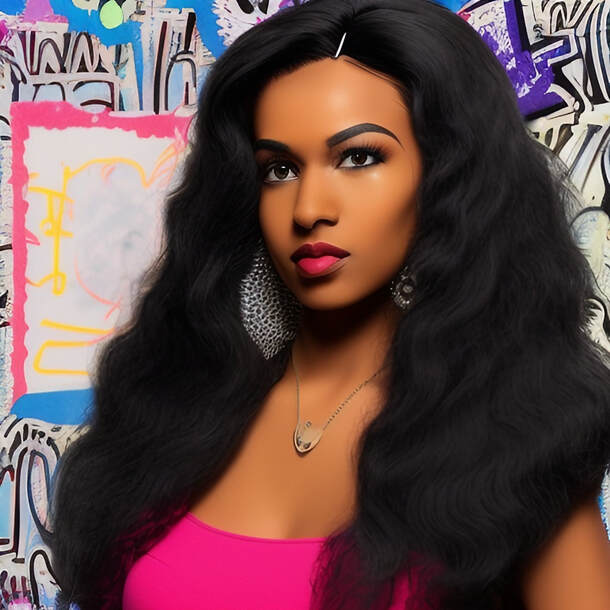
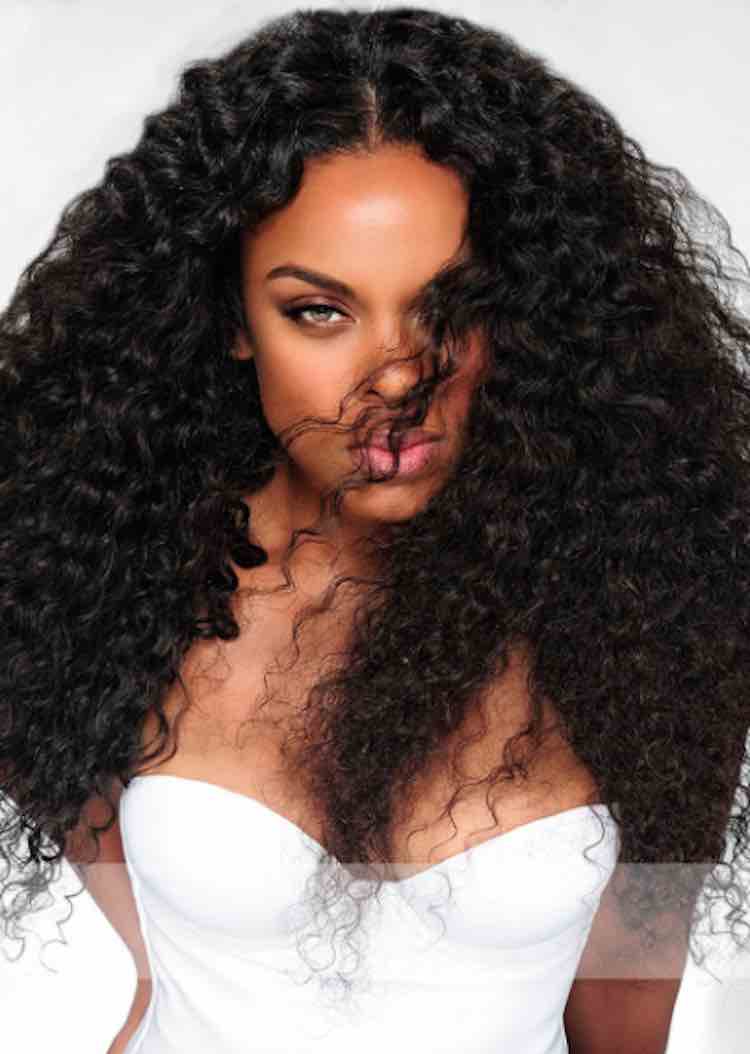
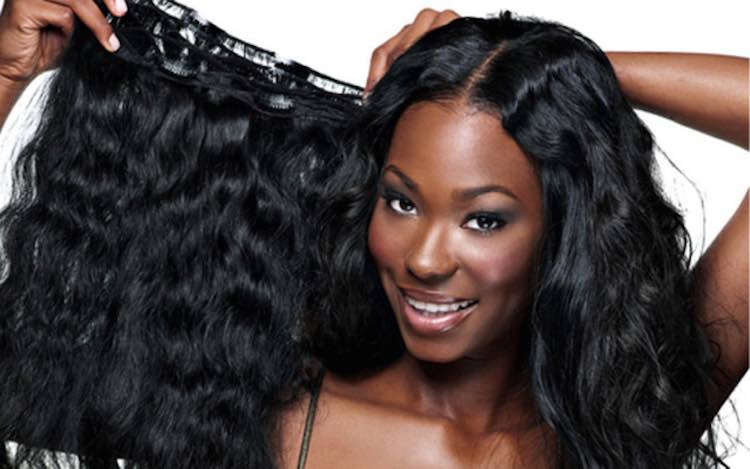

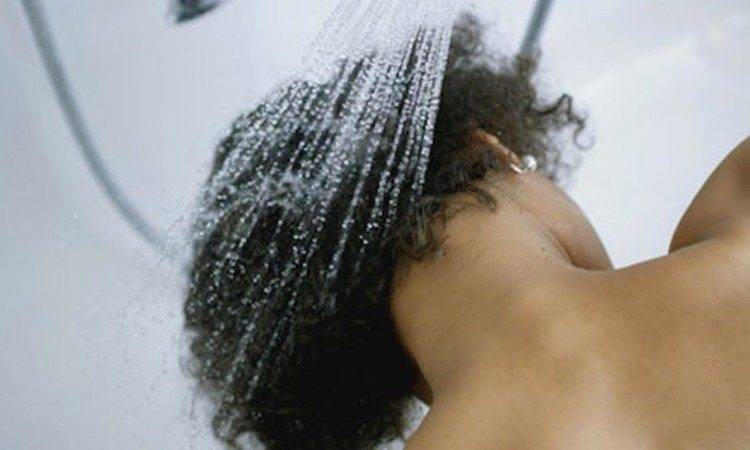
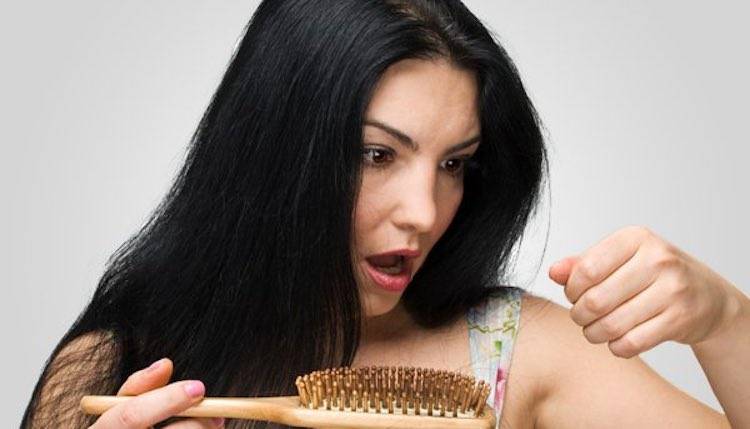
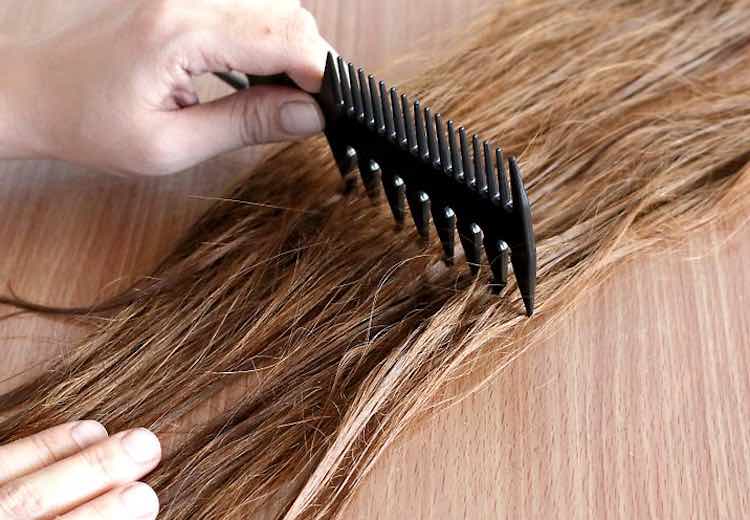
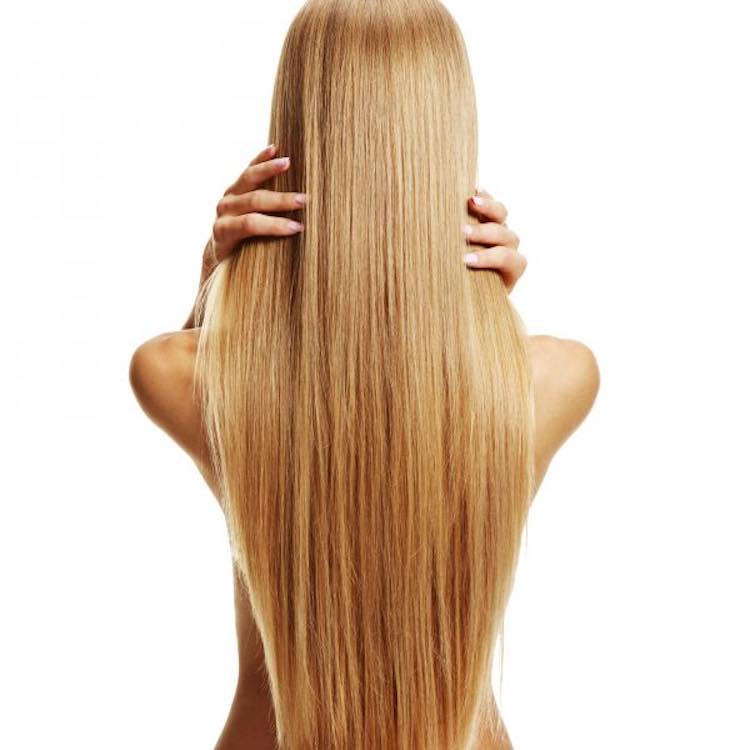
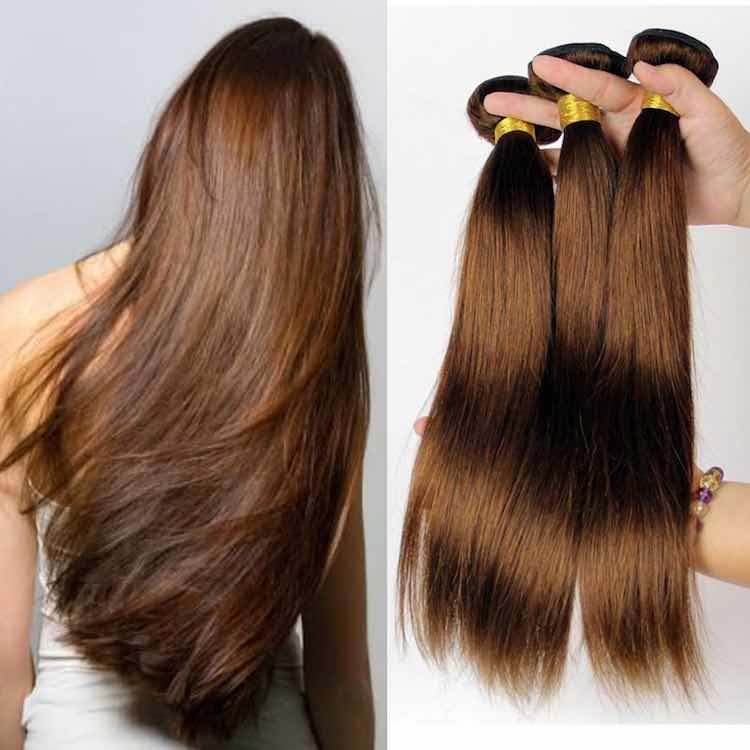
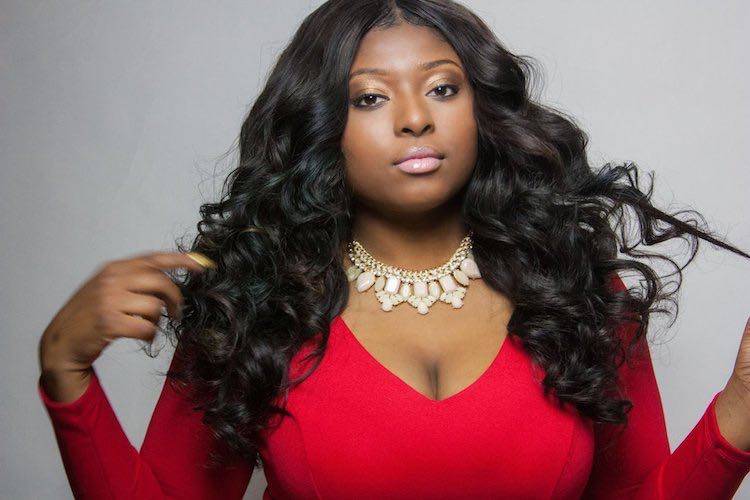
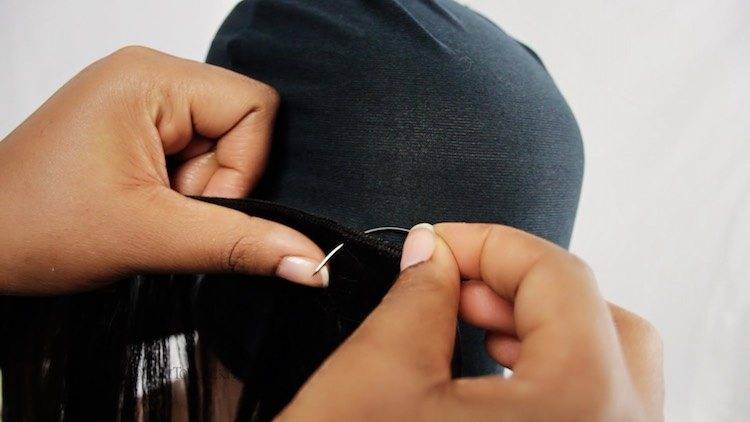


 RSS Feed
RSS Feed